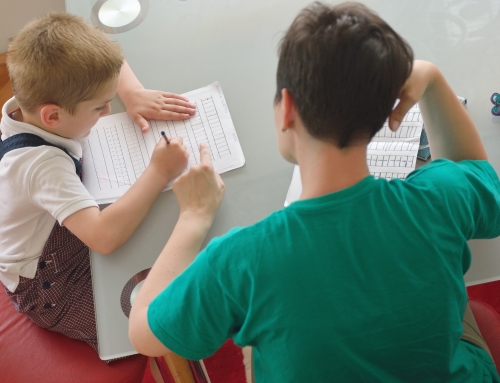A submission to the Panel on Fair Access to the Professions
- In examining Fair Access to the Professions the enquiry should take note of the effect of selection at 11 in England which presents an ‘obstacle to people from disadvantaged backgrounds’. It is crucial to the aspirations of young people from disadvantaged backgrounds that they have fair access to state secondary education.
- England may be thought to have a comprehensive system of secondary education (the primary system is comprehensive). In fact selection affects large numbers of young people as they move to secondary education. The majority of children taking entry tests for secondary schools inevitably fail them and disadvantaged children are more likely to fail. Headteachers of schools which take children who have failed entry tests for secondary schools have told us of the low aspirations they have to overcome in encouraging pupils to believe that they do have potential and can do well.
- 36 of 150 local authorities in England have grammar schools. There is also partial selection on ability and aptitude. A Government funded report by Professor John Coldron et al surveying all secondary schools admission arrangements found about a third of the 150 English authorities had some schools selecting on attainment. (Secondary School Admissions Research Report DCSF – RR20 January 2008)
- Official data is not available on the numbers of English children taking entry tests on ability or aptitude secondary schools and how many failing them. Some school websites do give information for example Tiffin grammar for boys (Kingston upon Thames) report over a 1000 pupils taking the test for entry for about 140 places.
- The Sutton Trust commissioned research from Durham University on grammar schools. It did not look at the effect of selection on pupils but again found that the impact of selection is widely felt across the English education system. According to the research only 28% of secondary schools lose no pupils at all to grammars. Across England as a whole 33% of wards house at least one pupil who attends a grammar school. (Evidence of the effect of selective educational systems Robert Coe et al CEM Centre Durham Unversity, July 2008 for the Sutton Trust).
- Selection is not the route out of poverty which some of its supporters claim. Selective schools take significantly fewer children from poorer backgrounds than comprehensive schools. In the main children passing the test have had private coaching or have been at private prep schools.
- The evidence of the effect of selection in setting obstacles to less advantaged pupils is clear from international comparisons. For example in December 2007 the OECD Programme for International Student assessment reported. An executive summary can be found on http://www.pisa.oecd.org/dataoecd/15/13/39725224.pdf A clear conclusion (page 45) is that ‘early differentiation of students by school is associated with wider than average socio-economic disparities and not with better results overall.’
- A recent report by the Cabinet Office Social Exclusions Task force on Aspiration and Attainment among young people in deprived communities (Dec 2008) is an illuminating analysis and very relevant to the work of the panel. It found that – ‘Aspirations change as children get older. 11-14 is a crucial age group when young people form solid aspirations that inform their future life choices and outcomes’.
- To aim for a professional career requires young people and their families to set their sights early on. In many areas across England successive generations have had an official message of failure because of selection at 11. This inevitably lowers their aspirations at this crucial time. Most children receiving this message will not then aim to be a doctor or barrister.
March 2009



